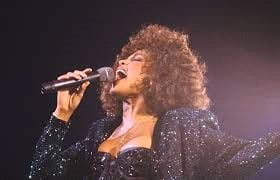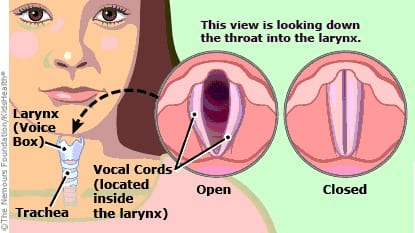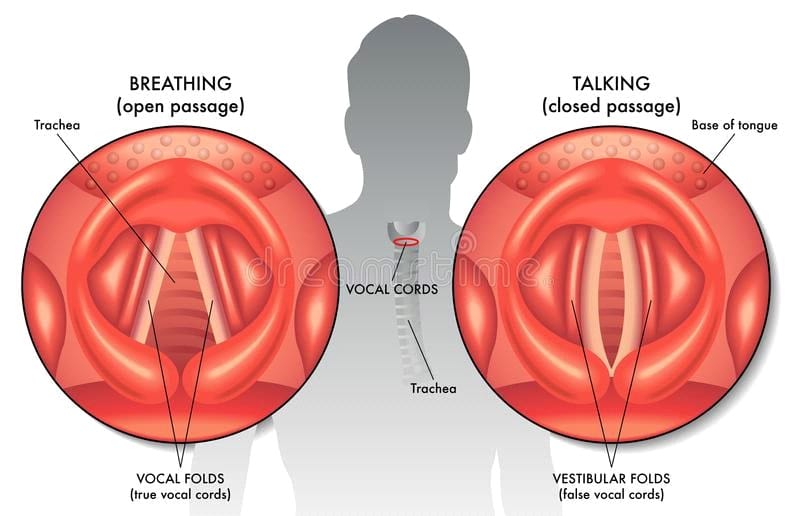LET’S TALK ABOUT VOCAL ANATOMY FOR SINGERS!
Welcome back everybody!
Ayshe here and right now you are reading my second blog! Woohoo…thank you for stopping by!
Okay, so let’s pick up where we last dropped off….
In my first blog I was talking about Vocal Health and ways to look after and care for your voice. I had mentioned that in the following blog (this one) we would touch more on the brilliance of the Vocal Anatomy itself!
Get ready to be informed on the magnificent instrument you use everyday!! The Voice!!



What makes up the voice? How does the voice actually work? What does it look like? What is a voice box?
Alllll great questions – thank you for asking! If you read on, you will be sure to find out, so please do. 🙂
Our voice is formed with a very unique group of muscles that we are likely to use everyday, and as mentioned last time it is also likely that we can misuse and overuse our voice too. But what we will achieve in this particular blog is learning HOW we actually use our voice.
Let’s get straight to it! I remember the very first time I actually watched footage of an ENT (Ear, Nose & Throat) doctor on YouTube performing an examination on a patient where a very small camera that was at the end of a flexible scope was gently guided through the nasal cavities and into the back of the throat, where we can perfectly view the vocal cords in all its glory! Whaaaaat!?!…. It was so cool! I don’t know about you all, but I don’t get queasy seeing that sort of thing… it’s more the opposite for me – I have to look.
What was even more fascinating was WHAT it looked when the doctor asked the patient to sing a pitch and hold it! My word! I was so excited and intrigued to finally know that THAT is what it looks like when we USE our voice! I was witnessing a magical vibration of the vocal cords which were moving and gently hitting one another incredibly quickly as air was moving through them. Imagine a bee’s wings moving so very quickly when they fly that you can’t keep your eyes focused on the wings because the movement is too quick for the naked eye and that’s what it looks like when the vocal cords touch one another and are in action. They move so. very. fast!
But I had questions – similar to the ones you all asked up above ^^^^^
So I started doing my research and now I’m passing it on to you! 🙂
What Makes Up the Voice?
The voice itself has a few important systems in play that help produce sound, but lets begin with the larynx, also known as the voice box.
The larynx helps us with breathing, swallowing and of course producing sound (talking, singing, laughing, screaming – you name it!) The larynx also has an additional feature called the epiglottis which protects our lower airways (trachea) by moving to guide food and water down the right passage when swallowing.
So in order to actually get the voice producing sound we use 3 systems to get it all fired up and working!
The Respiratory System, The Phonatory System and The Resonatory System.
I’ll elaborate a little more for you all now –
The Respiratory System is what we refer to when we talk about our breath support. It is made up of our windpipe, lungs, diaphragm, ribcage, and our surrounding muscles like the chest muscles and stomach muscles.
The Phonatory System is where the sound is actually produced through the larynx, also known as the ‘voice box’ with the use of vocal cords, also known as vocal folds.
The Resonatory System is known as the vocal tract that helps create the shape of the resonance through the nose, throat and mouth passages.
With all that was just mentioned I’d like to paint you a picture with HOW it all works together….
When it’s time for us to speak or sing we usually start by taking a breath. We really do rely on our breath supply for power and support when singing; I tell my students this all the time. The breath is helped through with the use of the diaphragm to move the air up through the windpipe and then through the vocal folds. This then creates air pressure to pass through the vocal cords causing them to move and vibrate together creating pitch to use when you speak or sing. When you stop speaking or singing inorder to inhale air again the vocal cords will part from one another creating a space to allow for air to pass through the trachea into the lungs with the use of the diaphragm. This cycle continuously repeats itself, day in and day out for life.
The vibrations and pitch in which are created help break up the momentum of air flow we provide through the vocal cords which create a buzz-like sound. Then what happens is we use our teeth, lips, and tongue (pretty much our mouth) to articulate the length and shapes of the words we are using to speak or sing with. This is what we refer to as our Resonance, where we shape and amplify our vocal sound and tone. Our overall sound and tone is also determined by our unique, individual vocal structures and cavities in which the sound waves use to bounce off from.



The human voice is a result of a combination of what our muscles and bodily organs can do when they work together. We are pretty interesting creatures and can do extraordinary things!
If you don’t get queasy, then take a look at this cool video below to gain more insight on the beauty of what your vocal structures look like and how your voice works!
It’s pretty cool to see the changes that occur on the vocal cords when a voice is singing low to high notes. I highly encourage you to check out this video below (if you don’t get queasy).
I hope you’ve enjoyed this week’s blog on Vocal Anatomy and that I’ve inspired you enough to continue learning and exercising the use of your magestic instrument… Your Voice!!
Hope to catch you in the blog corner again real soon!
